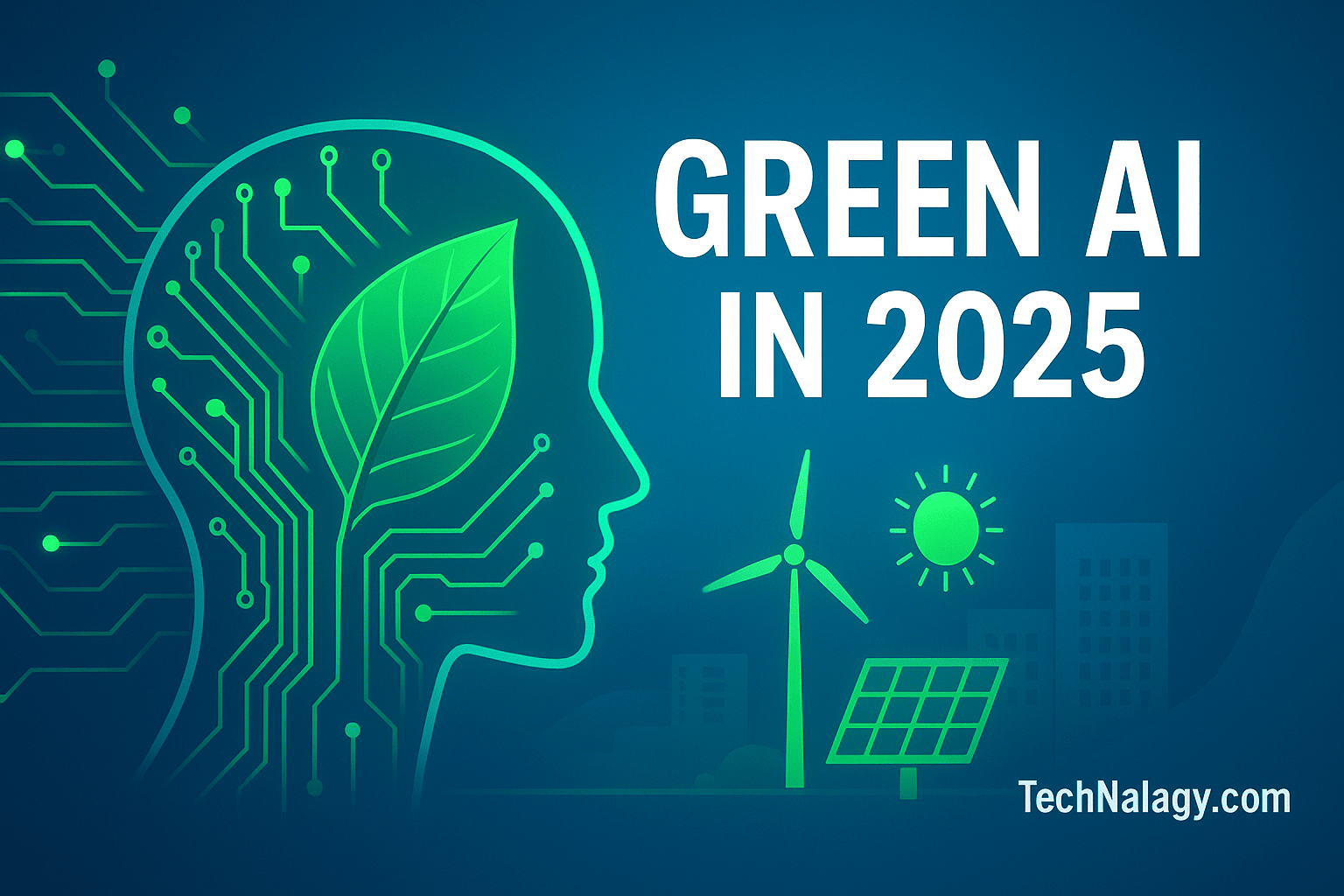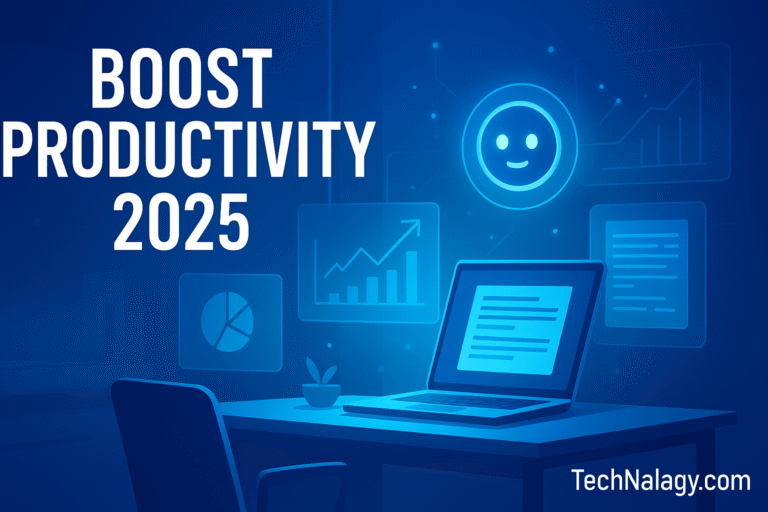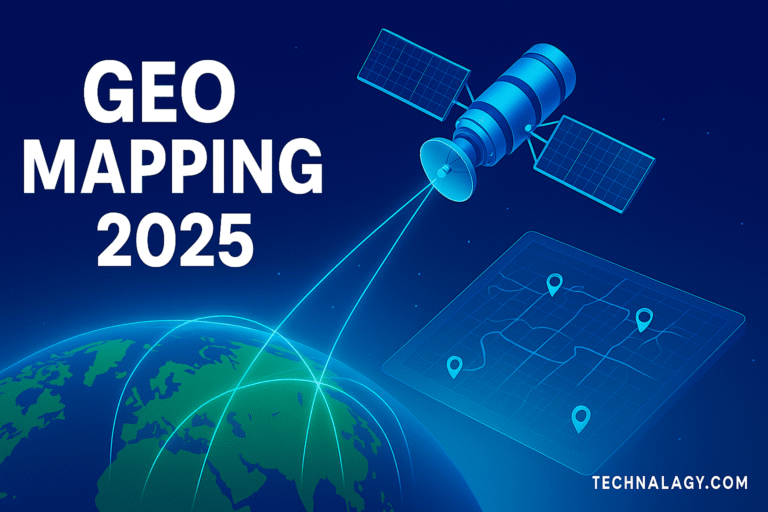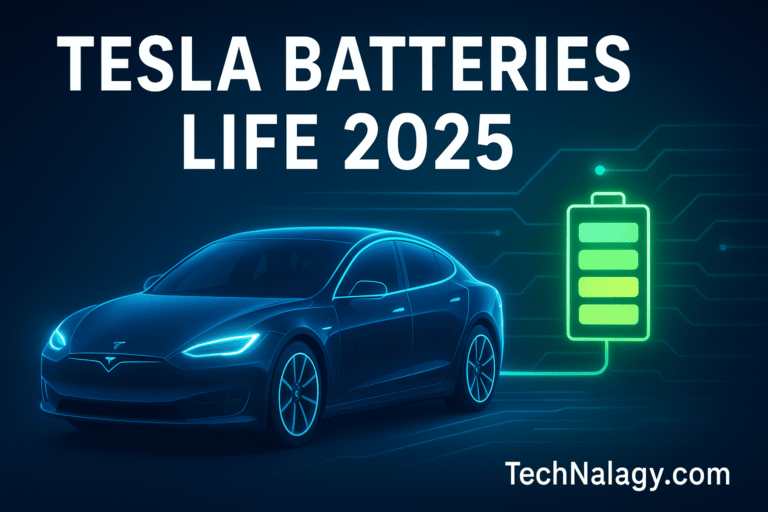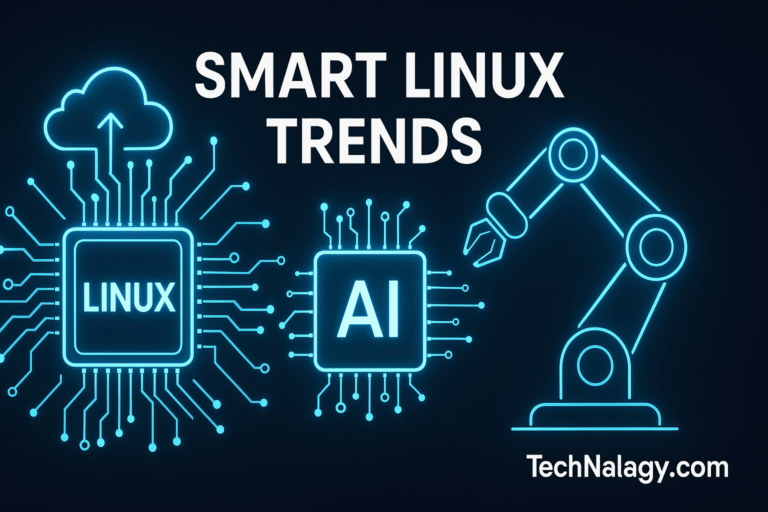Green AI in 2025: How Sustainable Tech Is Reducing the Carbon Footprint of Innovation
Artificial Intelligence has taken the world by storm, powering everything from chatbots and self-driving cars to medical imaging and financial forecasting. But as the world adopts AI at lightning speed, a critical question arises: what about its energy cost? Training and running advanced AI models consume massive amounts of electricity, leaving behind a growing carbon footprint. This is where Green AI in 2025 steps in — a movement focused on making artificial intelligence more sustainable, energy-efficient, and environmentally friendly.
In this in-depth guide, we’ll explore how Green AI in 2025 is shaping the future of technology, the innovations powering it, and how industries are reducing the carbon footprint of AI without sacrificing performance.
Table of Contents
What is Green AI in 2025?
Green AI in 2025 refers to the practice of designing, training, and deploying AI systems in ways that minimize environmental impact. Unlike traditional AI, which prioritizes speed and accuracy, Green AI balances performance with energy efficiency and sustainability goals.
This concept isn’t just theoretical. Tech giants, startups, and research institutions are actively exploring how to train AI models on less energy, power data centers with renewable energy, and create eco-friendly hardware that reduces waste.
By 2025, Green AI is not just a niche idea but a global priority—integrated into corporate ESG strategies, government regulations, and even consumer expectations.
Why AI’s Carbon Footprint Matters
The Energy Problem of AI Models
Training large AI models such as GPT, BERT, and image recognition systems can require thousands of GPUs running for weeks, consuming energy equivalent to powering hundreds of homes. For example, training a single state-of-the-art natural language model can generate over 600,000 pounds of carbon emissions.
With the rapid adoption of AI in healthcare, finance, telecom, and smart homes, these numbers are only increasing. Without sustainable practices, AI could become a climate problem rather than a solution.
Climate Change and Technology’s Responsibility
Technology is a double-edged sword. While AI can solve environmental problems, it can also worsen them if sustainability is ignored. Governments and organizations are now pressuring tech companies to meet net-zero carbon targets and adopt climate-friendly innovation.
Key Innovations Driving Green AI in 2025
Renewable Energy-Powered Data Centers
Major companies like Google, Microsoft, and Amazon are powering their data centers with solar, wind, and hydropower, dramatically reducing emissions. According to the World Economic Forum, sustainable AI adoption will be a key driver of global climate action in the coming decade.
Energy-Efficient Machine Learning Models
AI researchers are developing lightweight algorithms that require fewer computations. Techniques like model pruning, quantization, and federated learning reduce energy usage without harming accuracy.
Eco-Friendly AI Hardware
The hardware powering AI is evolving. From low-power GPUs to AI chips optimized for efficiency, hardware innovation plays a huge role in Green AI. Learn more in our guide: 10 Brilliant Benefits of Edge AI in 2025 You Can’t Ignore.
Cooling and Infrastructure Efficiency
Traditional air cooling for data centers wastes energy. By 2025, liquid cooling and immersion cooling are being deployed to keep AI systems efficient while reducing electricity use.
Real-World Use Cases of Green AI in 2025
Smart Cities and Sustainable Urban Planning
Smart cities are using AI to manage traffic, reduce energy waste, and monitor air pollution. AI-powered smart homes also play a major role in energy savings. Discover more here: The Rise of Smart Homes: How AI Is Reshaping the Way We Live.
Green AI in Healthcare
Hospitals are integrating AI for medical imaging and diagnostic tools that use less energy while still delivering high accuracy, reducing the overall environmental cost of healthcare technology.
Finance and Sustainable Investments
Financial firms are leveraging AI to track ESG compliance, monitor sustainable investments, and recommend eco-friendly portfolios.
Green AI in Telecom and 5G Networks
Telecom companies are integrating AI into 5G networks to optimize power use. Smarter algorithms can reduce idle energy consumption and save billions in electricity. Learn more in: 5G Technology in 2025: How Ultra-Fast Connectivity Is Transforming Our World.
Benefits of Green AI in 2025
- Lower operational costs through energy savings.
- Reduced carbon emissions, helping combat climate change.
- Better alignment with government sustainability regulations.
- Enhanced brand reputation and customer trust.
- Increased adoption of AI across industries due to eco-friendly practices.
Challenges of Green AI
High Initial Costs
Building renewable-powered data centers and energy-efficient infrastructure requires heavy investment.
Lack of Standardization
Currently, no universal definition exists for what makes AI “green.” This makes it harder to track and compare sustainability efforts across industries.
Balancing Performance with Efficiency
Companies must find the right balance between AI performance and energy savings — ensuring that efficiency doesn’t compromise results.
Future of Green AI Beyond 2025
The future of Green AI is bright. By 2030, most AI systems may be powered by renewable energy, and AI regulation could mandate eco-friendly practices worldwide. Governments, startups, and enterprises will collaborate to ensure AI innovation contributes to climate goals rather than worsening them.
Green AI will also play a central role in achieving the UN Sustainable Development Goals (SDGs), making technology a partner in fighting climate change instead of an enemy.
Conclusion
Green AI in 2025 represents the next frontier of technological evolution — one that combines innovation with sustainability. By rethinking how we build, train, and deploy AI systems, the tech world is reducing its carbon footprint while still driving progress.
The future of AI isn’t just about being smarter and faster — it’s about being greener and more responsible.
FAQs on Green AI in 2025
Q1: What does Green AI in 2025 mean?
It refers to AI systems designed and deployed with sustainability in mind, focusing on energy efficiency and eco-friendly practices.
Q2: How is Green AI reducing carbon emissions?
Through renewable-powered data centers, efficient algorithms, and low-power AI hardware, Green AI minimizes energy use.
Q3: Which industries benefit the most from Green AI in 2025?
Smart cities, healthcare, telecom, and finance are leading adopters of Green AI.
Q4: What are examples of sustainable AI technologies?
Model pruning, federated learning, renewable energy-powered cloud computing, and eco-friendly GPUs.
Q5: Will Green AI affect the performance of AI models?
Not necessarily. With new optimization methods, AI can remain powerful while using fewer resources.

Kamran Khatri is the founder of technalagy.com, where he shares insights on AI, future tech, gadgets, smart homes, and the latest tech news. Passionate about making innovation simple and accessible, he writes guides, reviews, and opinions that help readers stay ahead in the digital world.

